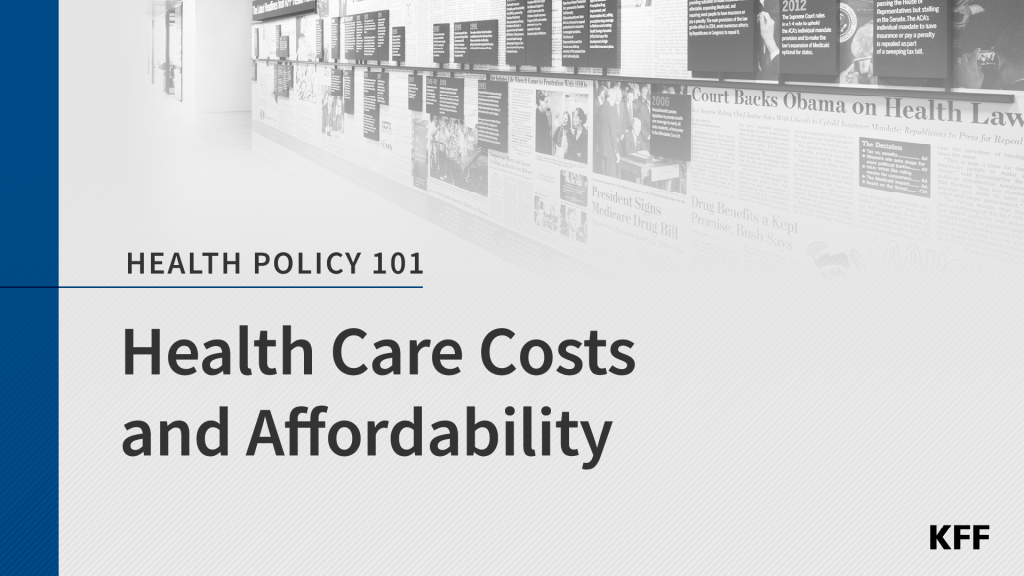What’s in There? An Ask-the-Experts Overview of the Health Reform Law
The Patient Protection and Affordable Care Act and the Health Care and Education Reconciliation Act of 2010 are now law. But many people have questions about the new reforms. To answer questions about the major provisions of these two laws, the Alliance for Health Reform and The Commonwealth Fund sponsored an April 16 briefing.
